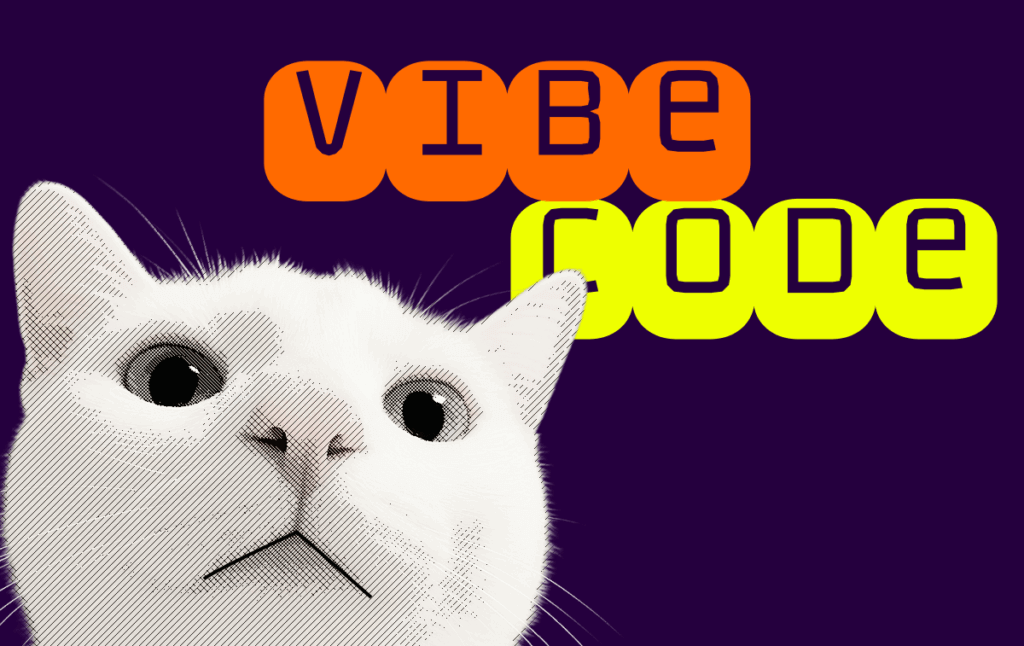
Algert
In today’s fast-paced startup environment, founders face constant pressure to launch quickly while maintaining quality across all touchpoints. One of the most significant recent developments has been the ability to use AI tools to rapidly generate websites, brand elements, and marketing materials. But the question remains: is this approach sustainable as your company grows?

When you’re racing to establish product-market fit and generate your first customers, AI-generated websites and branding can offer compelling advantages:
What once took weeks or months can now be accomplished in days or even hours. AI tools can generate complete websites, logos, and basic brand guidelines almost instantly, allowing founders to focus their limited resources on product development and customer acquisition.
For pre-revenue or early-revenue companies, every dollar counts. AI-generated assets typically cost a fraction of professional design services, with many tools available for under $100/month compared to $10,000+ for comprehensive professional design.
In the earliest stages, rapid experimentation is crucial. AI tools excel at quickly generating multiple options and iterations, allowing founders to test different messaging approaches and visual identities with minimal friction.
Modern AI design tools have improved dramatically, creating outputs that meet a baseline level of professional quality—often sufficient for initial customer interactions and early fundraising conversations.
As your company approaches and surpasses the $1M ARR milestone, several key factors begin to shift the equation:
At scale, the template-like nature of AI-generated assets becomes increasingly problematic. When competing with established players, the subtle homogeneity of AI-created websites and brands can undermine your market position.
As your product matures and prices increase, customer expectations for every aspect of your company—including your digital presence—rise accordingly. Enterprise buyers particularly expect a level of polish and thoughtfulness that signals long-term stability.
Even the best AI-generated content often exhibits subtle inconsistencies in messaging, tone, and visual elements. These small discrepancies create a cumulative “something feels off” impression that sophisticated customers can detect, even if they can’t articulate exactly why.
Your website and brand should reflect deep strategic thinking about your market position, competitive differentiation, and core values. This level of nuanced strategy typically requires human expertise to translate effectively into design and messaging decisions.
The shift from AI-generated to human-crafted brand assets doesn’t need to be abrupt. Consider this phased approach:
Let’s be clear: this isn’t about rejecting AI tools. We’re enthusiastic about how AI is transforming business operations across the board. The question isn’t whether to use AI, but rather how to use it appropriately for your specific stage of growth.
The most sophisticated approach isn’t abandoning AI tools entirely but integrating them thoughtfully into a human-led process:
As AI capabilities continue to evolve, the partnership between human creativity and artificial intelligence will only become more powerful. The key is understanding which aspects of brand development benefit most from each approach at your particular stage of business maturity.
AI-generated websites and brands should be viewed as excellent bootstrapping tools rather than permanent solutions. They enable cash-strapped founders to establish a professional presence while focusing resources on product-market fit. However, as your company grows beyond $1M ARR, the strategic importance of distinctive, thoughtfully crafted brand assets increases dramatically.
In a world where AI tools become universally accessible, human creativity and strategic design thinking remain the last true competitive frontier for brand differentiation. Yes, we’re admittedly biased as a human-centered design agency, but the evidence supports this view: the most memorable, impactful brands consistently demonstrate a depth of creative thinking and strategic coherence that goes beyond what templated approaches can achieve.
The companies that will thrive in the AI era aren’t those that rely exclusively on either AI or human creativity, but those that understand when and how to leverage each for maximum advantage at different stages of company growth.
Your website and brand aren’t just marketing materials, they’re strategic business assets that should evolve alongside your company’s maturity, customer base, and market position. The best leaders recognize these inflection points and adapt their approach accordingly.